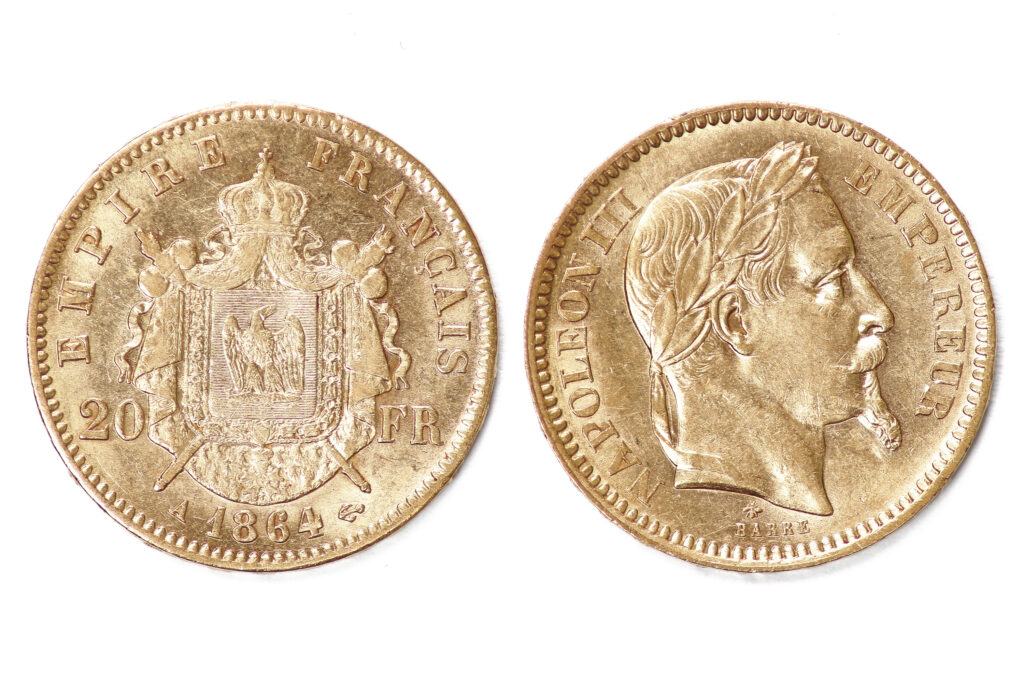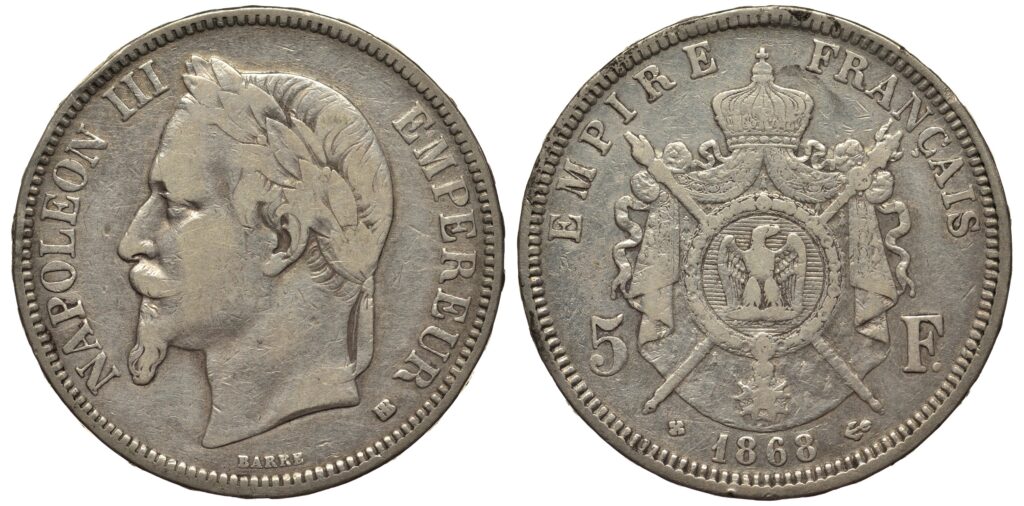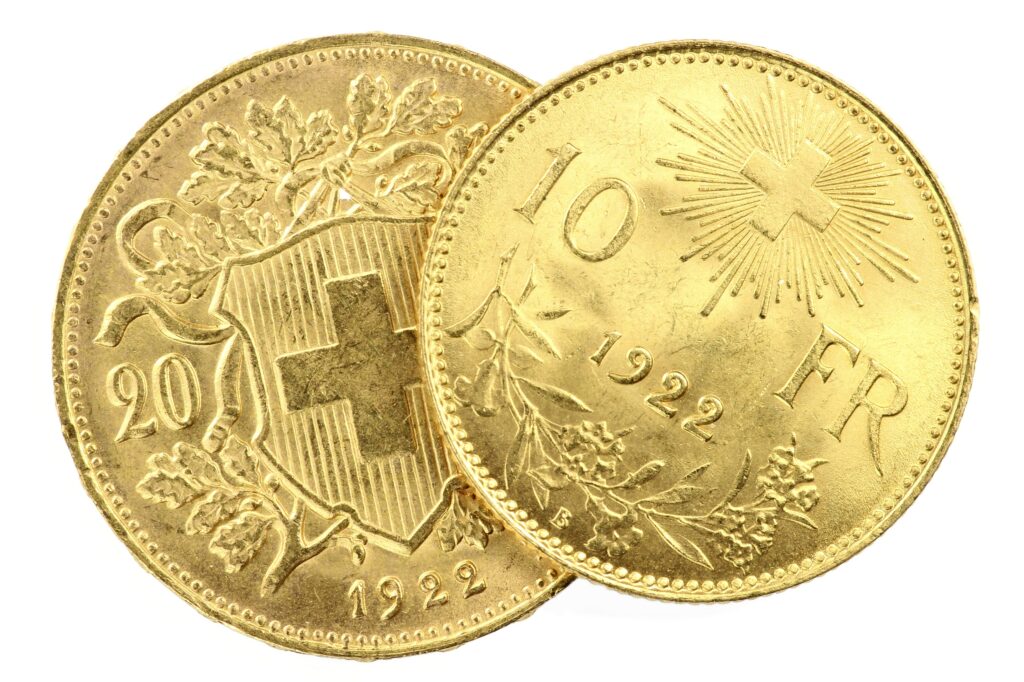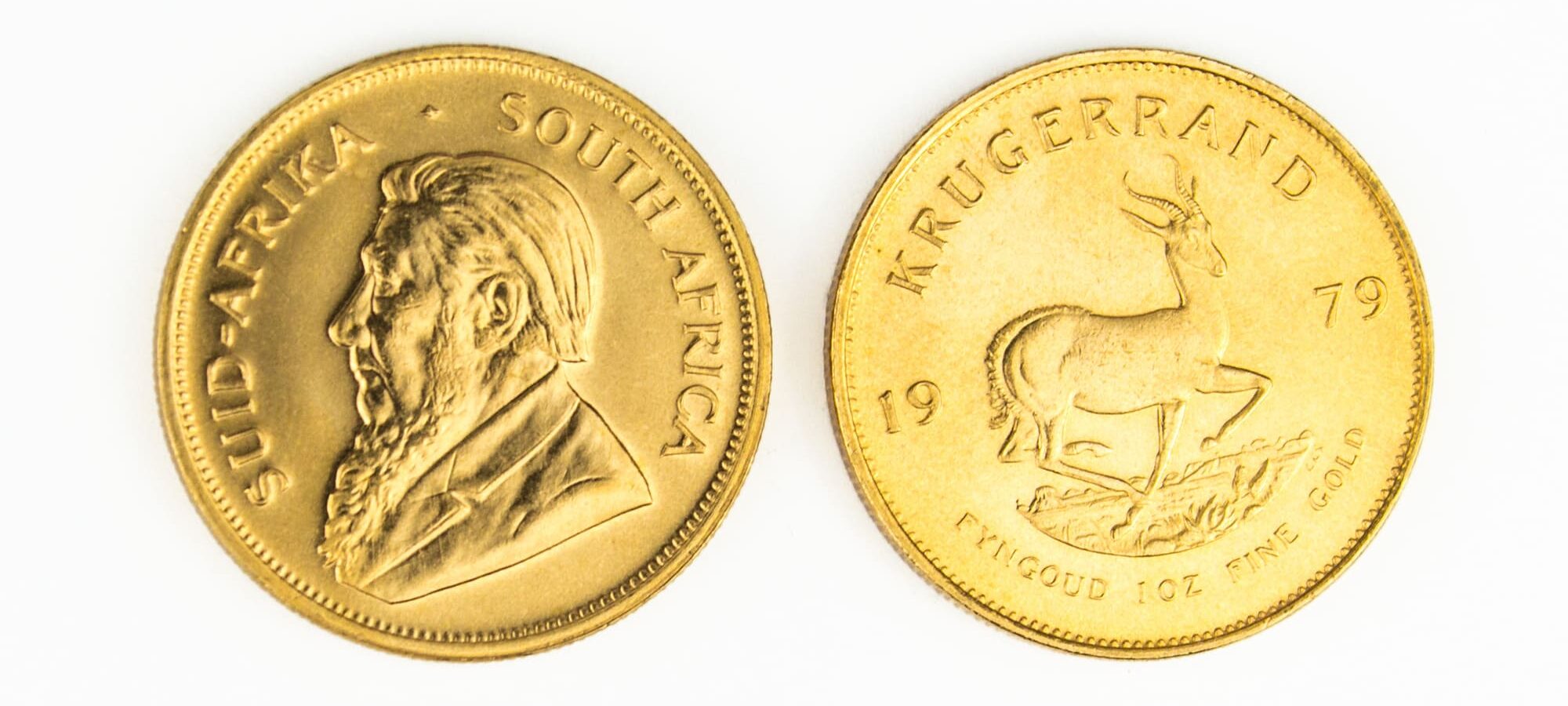The Latin Monetary Union
Additional information > The fundamentals of precious metals – a broad introduction to the basic principles > The Latin Monetary Union
At the turn of the 18th and 19th centuries, Europe was primarily being shaped by French ideas. Thus Napoleon Bonaparte’s influence spread far and wide, especially in currency matters. Italy’s monetary system evolved as one consequence of Napoleon’s successful Italian campaign, and the Helvetic Republic, convened in Switzerland by that same controversial potentate, led to the introduction of the Swiss franc. At this time, the French (silver) franc was also in use in Belgium, before being replaced with a Belgian franc.

© Regormark - stock.adobe.com
The beginning of the new century was thus marked by the existence of similar currency relationships in these different European countries – a fact which created favourable conditions for the introduction of a monetary union. So in 1865, France, Italy, Belgium and Switzerland founded the so-called Latin Monetary Union. What Napoleon Bonaparte had originally set in motion was finally completed by Napoleon III, as the initiator of the Latin Monetary Union. This unification scheme essentially served French interests and was thus designed to bring about economic, political and monetary dominance. Nevertheless, the other participant states also approved the idea, believing they too had much to gain from the establishment of such a monetary union.
A bimetallic gold and silver standard
Over time, other countries such as Spain, Greece, Romania, Austria-Hungary, Bulgaria, Serbia, Montenegro and Venezuela, aligned themselves with the monetary union as non-treaty nations and duly backed their own currencies with gold or silver. The defining hallmark of the Latin Monetary Union was its bimetallic gold-silver standard, expressed as follows: Silver had a fixed exchange rate ratio to gold in which two silver 5-franc pieces (= 45 grams of fine silver) corresponded to one gold 10-franc piece (= 2.9032 grams of fine gold). The gold-to-silver exchange ratio was thus fixed at 15.5: 1.

© Björn Wylezich - stock.adobe.com
A so-called Kurantgeld currency was in circulation in the individual countries in the form of various Kurant coins. Unlike divisional coins, where the nominal coin value does not correspond to its precious metal value, the face value of a Kurant coin does actually equate to the value of its respective precious metal. Even though the individual members of the currency union introduced their own currencies, such as the French franc, the Swiss franc, or the Italian lira, the denominations and their gold and silver content were all identical. A gold coin (known as the Helvetia) was in circulation in Switzerland, and this early version was then supplemented by a later design called the Gold Vreneli. There was also a D’Or Napoléon in circulation in France, and a 20-Lira gold coin in Italy. Although other states such as Austria-Hungary, Finland and Tunisia were not contractual members of the Latin Monetary Union, nevertheless, they too minted their own coins in accordance with the prevailing LMU specifications. For example, Austria-Hungarian currency of this era included 4-guilder and 8-guilder pieces modelled on the style of the Latin Monetary Union coinage.
A common currency promoting prosperity
The various coins minted under this system of monetary union did not have the status of legal tender within the contracting states. Yet despite this, Kurant coins were in free circulation across those national borders. This was only possible because of the great trust and confidence which could be placed in these gold and silver coins made to a common standard.
The fact that all these coins were minted from the same precious metals and in uniform denominations across different currencies helped to reduce transaction costs. And furthermore, traders were able to use their own currencies to pay for imports. With Kurant coins enjoying such widespread mutual acceptance, nations no longer had to convert their trading funds into different currencies in order to do business. Thus the Latin Monetary Union did much to help world trade and international tourism to flourish. So, as already mentioned in the article on the gold standard , this period of upswing in Europe was not called the “Belle Époque” for nothing. It is said that the record trade volumes and other indicators notched up for this period did not reach anything like the same levels again until about half a century after the World Wars.
Monetary union without a central bank
The Latin Monetary Union was simply a monetary union – nothing more and nothing less. The advantage of uniform currencies, specially created for the purpose by each respective member state, was that this left members free to focus on trading as economically and efficiently as possible. Any kind of political harmonization was never on the agenda. There was also a strict separation between purely monetary matters and anything considered to be a fiscal policy issue. So, for example, governments were never free to manipulate monetary policy to plug any holes in their own balance sheets.

© Yaroslav - stock.adobe.com
Yet it is precisely this separation of monetary and fiscal policy which is now blamed for the ultimate failure of the Latin Monetary Union. In the general opinion of many economic analysts, the absence of any central bank – which could have coordinated the joint organisation of money in a common fiscal cause – invariably meant that the monetary union was doomed to fail sooner or later.
Paper money as an escape route
Holding on to their gold and silver money did indeed cause some member states long-term problems. What was to be repeated just a few years ago under the Euro currency of our modern era was already a problem at the time of the Latin Monetary Union: Greece experienced difficulties in financing its own government spending. In practice, this meant the Greeks soon began to ‘water down’ their own gold and silver coins. And as a result, Greek drachma coins then had a lower precious metal content.
This step, however, proved to be only a temporary solution, and in 1893 Greece had to declare national bankruptcy. New loans put in place to tidy up matters resulted in the country being placed under the supervision of international creditors, whose uncompromising demands then began to take their toll. The Greeks had to deliver large quantities of precious metals, and their subsequent shortage of gold and silver meant that from then on they had to issue paper banknotes in place of coins, which ultimately amounted to a violation of the terms of the Latin Monetary Union.
Greece was eventually excluded from the union, but this did not bring about any improvements for the remaining states. Other members also succumbed to the tempting advantages of issuing paper money. By the end of the First World War, it was just Switzerland alone who kept faith with the founding principles of the monetary union. And once the Helvetic Alpine Republic formally terminated its own contract in 1927, the fate of the Latin Monetary Union was finally sealed and the union disbanded.

© Björn Wylezich - stock.adobe.com
Bimetallism: A corset that was just too tight
In retrospect, the Latin Monetary Union can be considered an interesting chapter in global currency history, which nevertheless failed to render it immune to the economic paradoxes of the real world. The Latin Monetary Union created a single currency, which in turn greatly encouraged cross-border trade. But at the same time, its coinage placed a heavy burden of gold and silver on its member countries. A burden which nations like Greece simply could not shoulder.
The assertion that the monetary union is said to have failed mainly because there was no central bank to guide its monetary policy is not entirely supported by the facts. Indeed, it seems much more likely that the union suffered far more from a crippling birth defect: As mentioned above, the exchange ratio between gold and silver was fixed at 15.5: 1. The result was the inevitable playing out of what financial experts term Gresham’s Law: the monetary principle which states that overvalued money will always displace undervalued money.
This is precisely what happened during the time of the Latin Monetary Union. After first England and then Germany switched to the gold standard, thus moving from bimetallism to monometallism, silver increasingly lost its market value. And when the United States finally turned its back on silver in 1873, the demonetization of silver was complete. The price of silver fell continuously, which was very much to the detriment of all who still continued to exchange their gold coins at the prescribed rate set by the Latin Monetary Union.
It was this strict, rigid definition of the gold-silver ratio which ultimately put an end to the Latin Monetary Union. In retrospect, it would have been more beneficial for the existence and functionality of the monetary union to let the price of their silver coinage fluctuate in relation to their gold coins. So, because this was not done, in the end the bimetallic gold-silver standard turned out to be too tight a corset to sustain this promising financial alliance.
Summary:
- The trademark feature of the Latin Monetary Union was its bimetallic gold-silver standard.
- The individual currency union members introduced their own currencies such as the franc, the Swiss franc and the lira, but the denominations, as well as the gold and silver content of the coinage, were identical.
- The Latin Monetary Union and its introduction of uniform currencies helped world trade and international tourism to flourish again.
- In the Latin Monetary Union there was a strict separation between fiscal and monetary policy.
- The Latin Monetary Union’s ‘birth defect’ was its setting of a fixed exchange ratio between gold and silver, which ultimately turned out to be too tight a corset.

© Matt Light - stock.adobe.com









